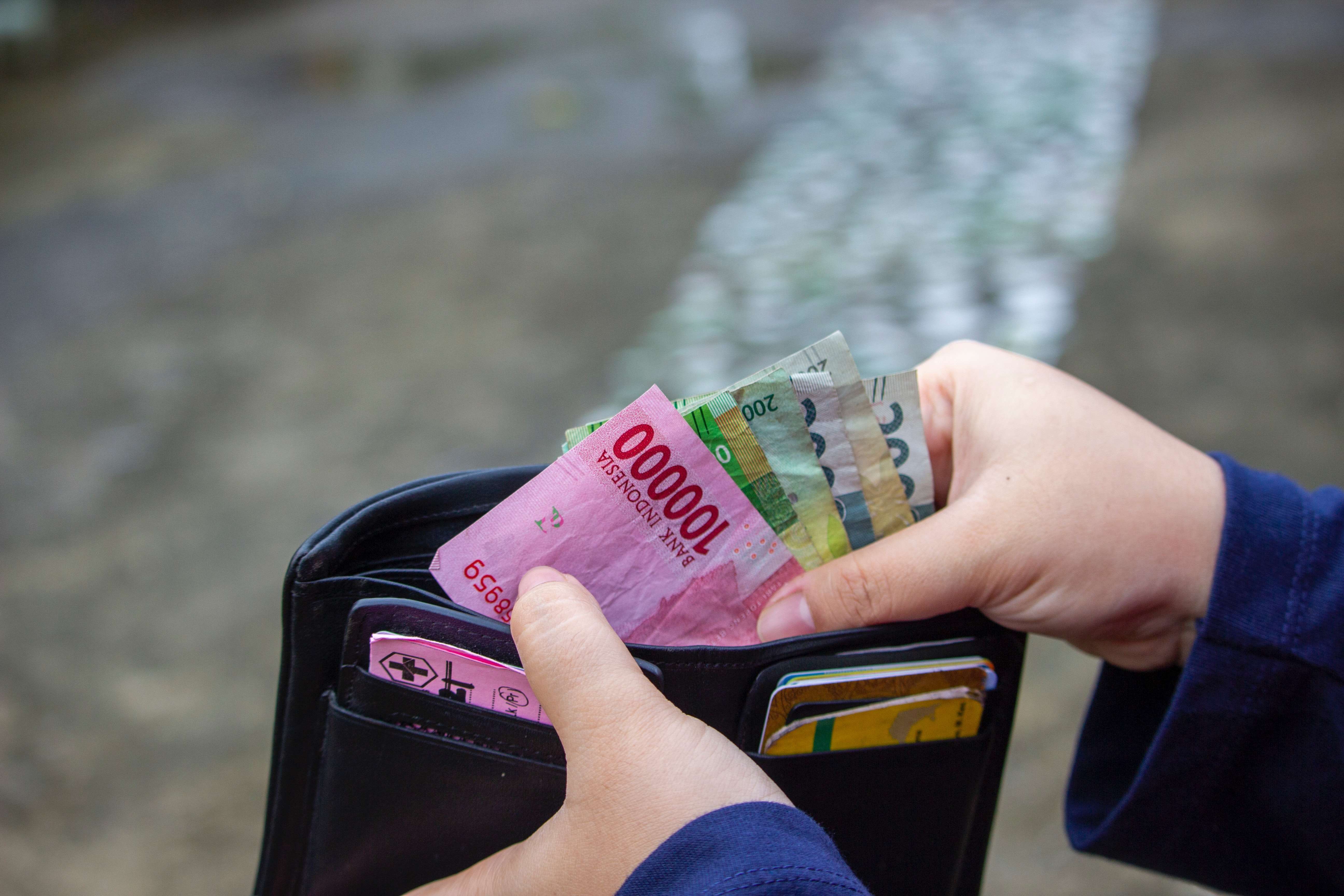The Malaysian government is reviewing its ban on the export of renewable energy, said the country’s minister of natural resources, environment and climate change Nik Nazmi Nik Ahmad.
The review, which has been discussed twice in Cabinet meetings under the recently established coalition government, is being undertaken by the environment ministry, as well as Malaysia’s economic and trade ministries, he said.
“The discussions are happening now. I will be presenting a paper [to Cabinet] soon,” Nik Nazmi told reporters on the sidelines of a launch event of Malaysia’s Energy Transition Outlook (METO) report on Thursday.
Malaysia’s ban on exporting renewable energy has been in place since October 2021, and was instituted by a government led by former prime minister Ismail Sabri Yaakob. It focused primarily on halting Malaysia’s export of renewable energy to Singapore.
The ban, however, does not extend to the passage of electricity from other countries to Singapore. This has allowed for the establishment of a hydropower pipeline from Laos to Singapore via Thailand and Malaysia. It also did not stop the East Malaysian state of Sarawak from entering into discussions to export hydropower to Singapore last year.
“We can leverage the strong demand for renewable energy from our neighbours to create a financial framework to decarbonise,” said Nik Nazmi, adding that exporting renewable energy presents “fascinating opportunities” for Malaysia, and potentially places it at the centre of the Asean power grid.
He added: “If Malaysia does export [its renewable energy], we can and must sell at market rates – this will give us the wherewithal to scale up, including to make technology cheaper and introduce new technologies such as battery storage, among other things.”
“We also do not have to sell all the green electrons produced - we can ration it to ensure that Malaysian industries benefit,” he said.
According to the recently-launched METO report, jointly published by the environment ministry and International Renewable Energy Agency (IRENA), however, the reality is that Malaysia may ultimately still be a net importer of electricity.
The report describes the situation as “a tale of two halves”. It said that in a 1.5 degree scenario, Peninsular Malaysia would be importing power, while the East Malaysian states of Sabah and Sarawak would be power exporters, as the latter two regions have a strong supply of hydropower, which would outstrip peak electricity demand up to 2050.
The planned expansion of hydropower by Sarawak would create an opportunity for electricity trade with Indonesia and Brunei, it added.
“This is an important resource that can balance variable renewable supply regionally and aid regional decarbonisation,” said the report.
Political will is not enough
Nik Nazmi, who was appointed Malaysia’s environment minister in November 2022, also said that the government remains committed to removing or reducing subsidies for electricity, especially for non-domestic high- and medium-voltage consumers.
Energy subsidies in Malaysia have eaten up at least 7 per cent of gross domestic product (GDP) in the past decade, according to data compiled in the METO report.
Malaysian consumers continue to be shielded from the real cost of energy, the report added. It called for more targeted subsidies towards lower- and middle-income sources, and the redirecting of investments towards renewables and energy efficiency for longer-term energy security and sustainability.
While industry players are aware that the price of electricity will have to be increased, some are pushing back based on short-term interests, said Nik Nazmi.
Others however, are open to adopting renewable energy but have complained about high costs in the form of bureaucratic red tape related to implementation, something that the minister promised to address.
Other measures to facilitate the energy transition which were announced on Thursday included the additional allocation of 630 megawatts for renewable energy generation projects this year and the roll-out of a framework that will enable businesses to access renewable energy directly from developers.
The government is also exploring the establishment of an energy transition fund to support the expansion and deployment of renewable energy, although the size of the fund is still being discussed, said the minister.
As far as political will goes, the Malaysian government and other key actors in the domestic energy industry have exceeded expectations, said IRENA director-general Francesco La Camera.
La Camera, who is in Kuala Lumpur this week on a visit, said he did not expect the high level of commitment from the Malaysian government on its energy transition plans. “I am quite satisfied, honestly,” he told Eco-Business.
He added, however, that while the political will of the current government is clear, leaders will need to build social consensus towards decarbonising the energy sector in order to achieve its net-zero aspirations. Both the METO report and a townhall held on Monday, organised by the environment and economic ministries with key players in Malaysia’s energy transition scene, are positive steps towards that end, said La Camera.
According to the report, Malaysia will need at least US$375 billion of investment to acheive its net-zero goals by 2050. The transition towards cleaner energy is expected to save Malaysia up to US$13 billion annually, and reduce energy-related emissions by up to 60 per cent in a 1.5-degree scenario.
“With higher energy efficiency, electrification, and renewables use, Malaysia’s energy consumption can be reduced by 25 per cent in the 1.5-degree scenario,” said the report, with oil use in the energy mix to halve from today and electricity to comprise 40 per cent of the total final energy consumption, compared to about 21 per cent in 2018.
The production of clean hydrogen and its derivative fuels must ramp up to at least 1.5 million tonnes 2050 in order to achieve this, it said.
Source:
Eco Business
























